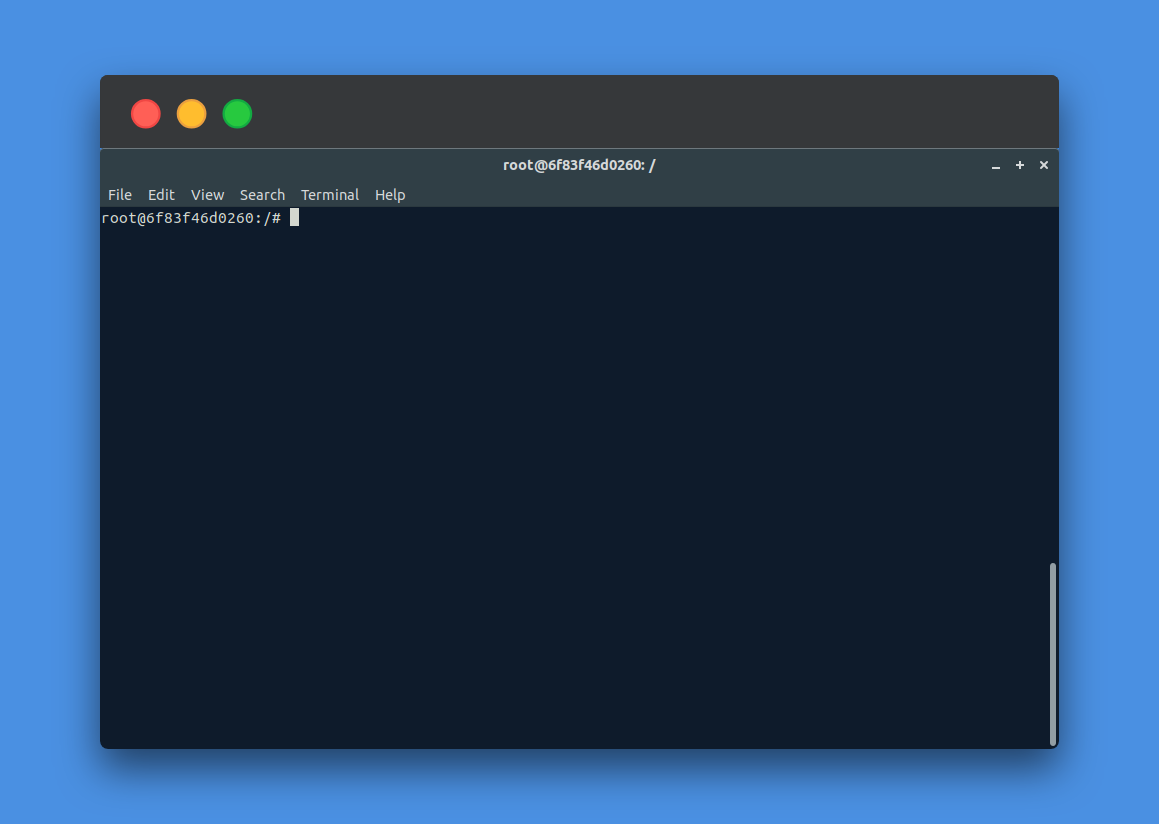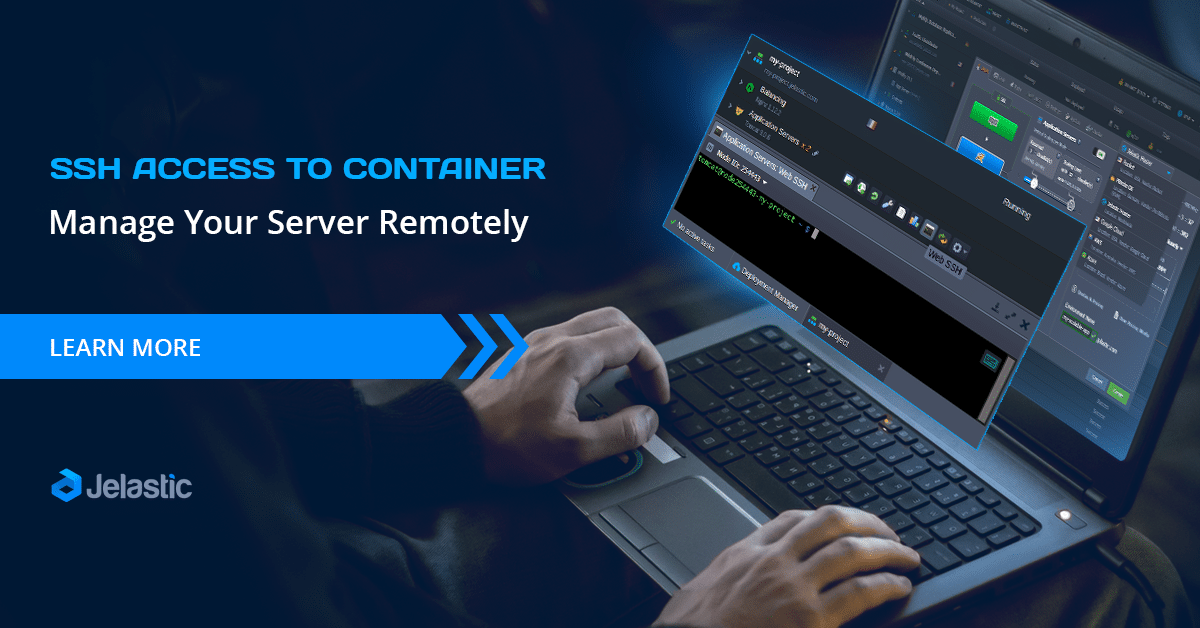

Set a password for your container's root accountīy default, your container's root account doesn't have a password. Generate the host keys with: ssh-keygen -Aįinally, start the ssh server, run /usr/sbin/sshd &. You can do it by manually editing the /etc/ssh/sshd_config file or using this command: sed -E 's/^#(PermitRootLogin )no/\1yes/' /etc/ssh/sshd_config -i Next, you need to change a configuration parameter quickly to allow root logins.
#ACCESS SSH REMOTELY APK#
In Alpine Linux, you can use these commands: apk update apk add openssh-server
#ACCESS SSH REMOTELY INSTALL#
Now you need to install the ssh server inside the container. Finally, you are binding the container's port 22 to the host's port number 7655 (or any other port number that is not already used by SSH daemon on your host system).The -it options are there so that you can have a working, interactive shell of the container.With the -rm option, you don't have to explicitly remove the container afterwards.Some noticeable points regarding the command line options are as follows Start the container with this command: docker run -rm -name ssh-test -it -p 7655:22 alpine:latest ash I'll use the extremely small alpine:latest image for now. Run a containerįirst, you need to start a Docker container.

I am going to show you with a dummy container. If you're not interested in the workings of this, you can safely ignore this section. Setting up SSH access for Docker containers That kills the whole point of host isolation. Using ssh login for existing container' is not recommended.
#ACCESS SSH REMOTELY HOW TO#

Though it sounds non-traditional, it might still be useful to you, according to your use cases. This is kind of weird, isn't it? Logging into a container, through SSH. However, with some efforts, you can actually SSH into a running container directly, without logging into the host system first. This is the traditional and recommended way of effortlessly entering containers. There is nothing wrong with the above method. With that, you can run Linux command or do some maintenance of the service running inside the container. Step 2: And then you enter the shell of your running Docker container in interactive mode like this: docker exec -it container_ID_or_name /bin/bash Step 1: SSH into your remote Linux server (if you are running the container in a remote system). ssh _ip_address How do you use SSH to enter a Docker container? The traditional approach consists of two steps:


 0 kommentar(er)
0 kommentar(er)
